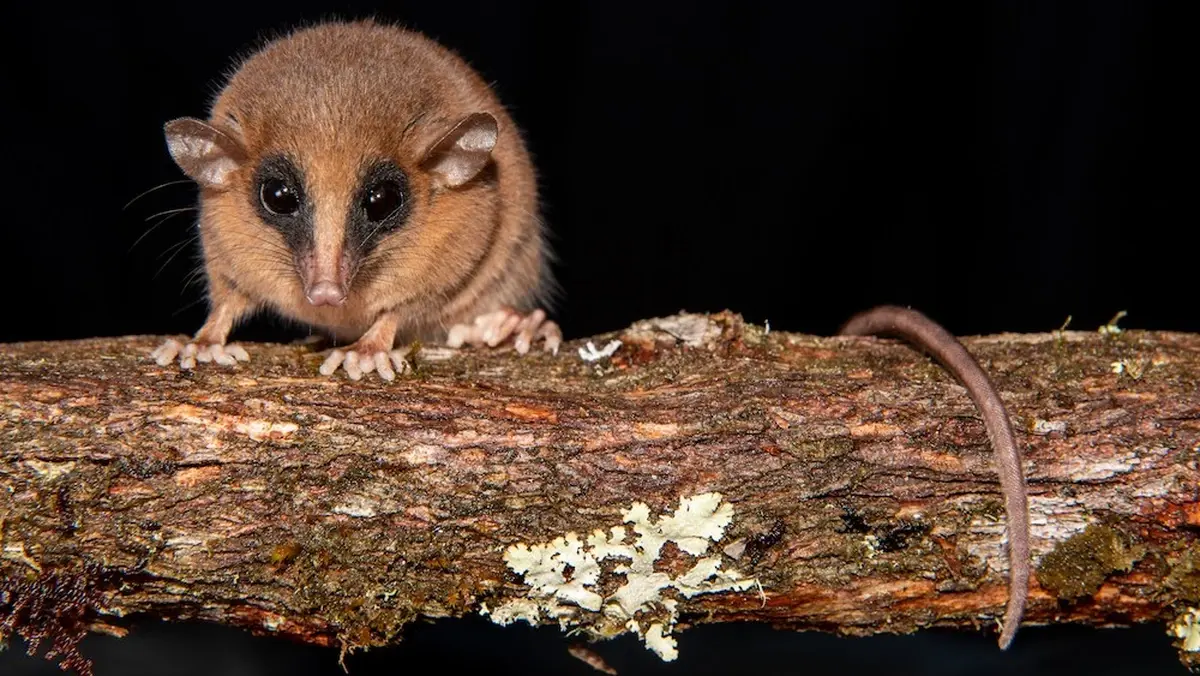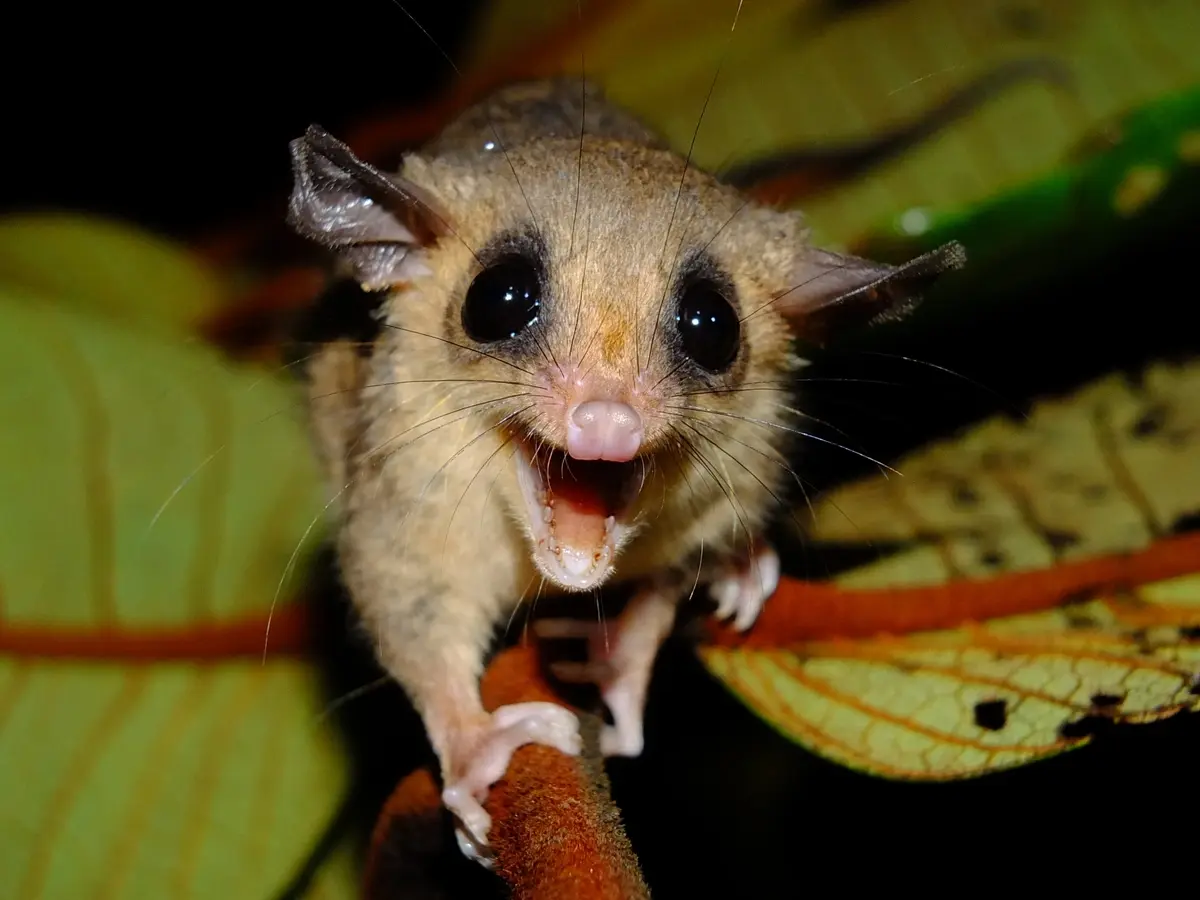 Scientists have named a miniature marsupial with large eyes Marmosa chachapoya, in honor of the ancient Chachapoya people who inhabited northern before the Incas. This previously unknown creature has been identified as a new species of mouse opossum, according to a report from Live Science.
Scientists have named a miniature marsupial with large eyes Marmosa chachapoya, in honor of the ancient Chachapoya people who inhabited northern before the Incas. This previously unknown creature has been identified as a new species of mouse opossum, according to a report from Live Science.
How Did It Happen?
In 2018, while exploring the outskirts of the Río Abiseo National Park—an archaeological site in the Peruvian Andes—researchers stumbled upon a creature never seen before. The Marmosa chachapoya, measuring just 10 centimeters long (not including its long, whip-like tail), sported reddish-brown fur and facial markings resembling a mask.
“We know very little about this species, particularly its history and distribution. So far, only one specimen of Marmosa chachapoya has been found,” said biologist Silvia Pavan from California Polytechnic State University in Humboldt, who led the expedition.
According to her, the team was initially aiming to find previously sighted squirrels of an unknown species but instead encountered this other mysterious creature, which came as a surprise—especially since related species of mouse opossums are typically not found at an altitude of 2,664 meters above sea level.

In the following years, the team dedicated their efforts to studying the DNA and physical characteristics of Marmosa chachapoya, comparing them with data from other mouse opossums in museum collections worldwide. Ultimately, the researchers published a detailed study in the journal American Museum Novitates.
The ancient Chachapoya people, after whom this new species is named, inhabited the eastern Andes from the 800s AD until the Incas arrived in the region in the 1470s. Known as the “people of the cloud forest” or “warriors of the clouds,” the Chachapoya lived in a humid, rugged terrain, building their homes atop mountain peaks.
Río Abiseo National Park is home to over thirty , many of which are linked to the Chachapoya people. This remote and hard-to-reach park was also established as a crucial conservation area to protect plants and animals found nowhere else on Earth, including the yellow-tailed woolly monkey (Lagothrix flavicauda), once thought to be extinct.
In addition to the new species of mouse opossum, Pavan and her team discovered several other animals they believe have never been described by scientists. These species are awaiting identification.
According to the lead researcher, the discovery of this new marsupial species underscores the “importance of scientific research and conservation in regions like Río Abiseo.”

